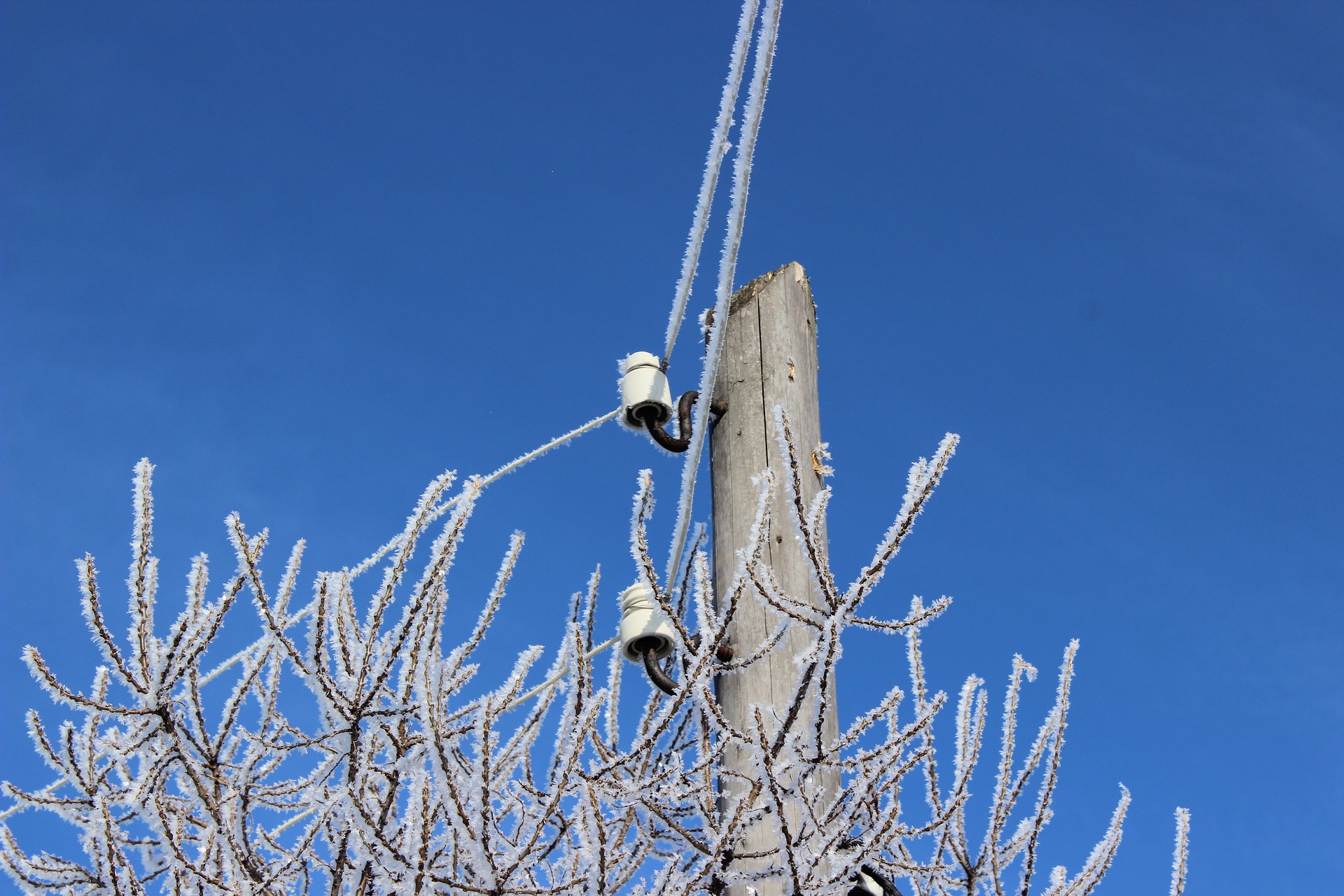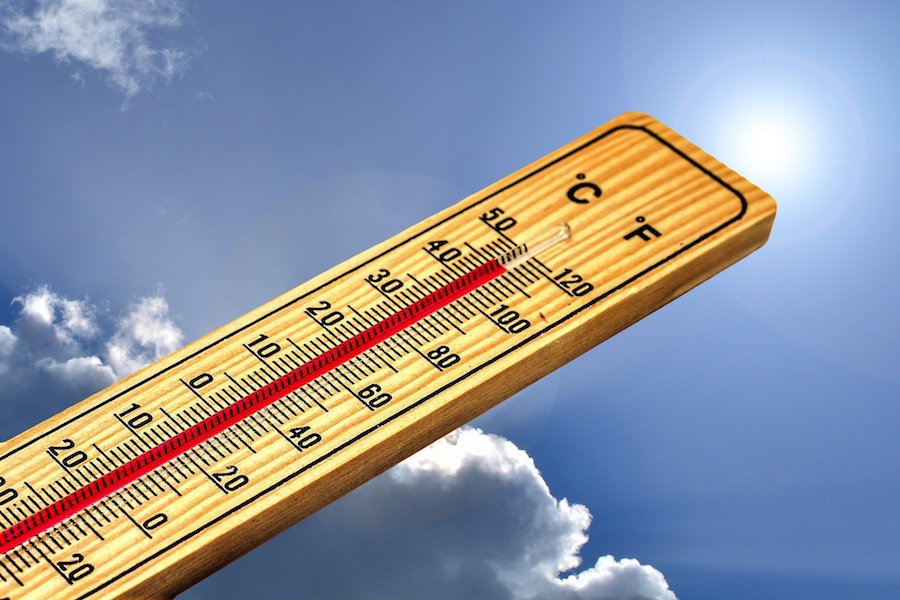Rescue efforts are underway after a 7.8-magnitude earthquake in southern Turkey killed more than 2,600 people across the country and in neighboring Syria early Monday, according to The Washington Post. The earthquake was followed by dozens of powerful aftershocks and a 7.5-magnitude earthquake in the same fault zone.
Faculty experts at the George Washington University are available to address various aspects of the devastating earthquakes in Turkey and Syria, including rescue operations and earthquake engineering as well as the science and origins of earthquakes. If you would like to speak with an expert, please contact GW Media Relations Specialist Cate Douglass at cdouglass gwu [dot] edu (cdouglass[at]gwu[dot]edu).
gwu [dot] edu (cdouglass[at]gwu[dot]edu).
Joseph Barbera is an associate professor of engineering management and systems engineering. Through the GWU Institute for Crisis, Disaster, and Risk Management, Barbera conducts research across a wide range of topics in emergency management, risk management, and business continuity. His research focuses on large-scale incident (disaster) management, hazard risk assessments, collapsed-structure search strategies, and confined space medical interventions. His areas of expertise also include healthcare emergency management that is focused both on mass casualties and continuity of critical operations.
Barbera has been following the developments in Turkey and Syria closely since the first of the two large earthquakes. He can speak to the earthquake vulnerabilities, search and rescue issues, and the medical impact from this earthquake series.
Catherine Forster is a professor of biology and the program director of the Geological Sciences Program at GW. Forseter can discuss the technical aspects of the earthquake, how it happened, and what’s going on underneath the surface.
“The earthquake happened along the East Anatolian Fault, a boundary between the Anatolian and Arabian Tectonic Plates. It's similar to the San Andreas Fault in California, where one enormous tectonic plate is trying to slip past another. But they don't slip smoothly. They stick. Pressure builds up until the pent-up energy is suddenly released, the plates move, and an earthquake occurs. The first energy release is the largest- the earthquake proper. It is often followed by smaller earthquakes, or aftershocks,” Forster says. “Turkey is located on the Anatolian Plate, which is very earthquake prone. It's a small plate, jammed between the larger Arabian, African, and Eurasian Plates. All four of the plates are slowly moving in different directions, and the Anatolian Plate is being squeezed between them towards the southwest. This means that earthquakes are common along the borders of the Anatolian Plate, including the East Anatolian Fault.”
Pedro Silva is a professor of civil and environmental engineering. Silva is interested in the development of innovative procedures for the design of civil structures to resist man made as well as natural hazards. His current research includes the development of numerical tools for practitioners and researchers to use in the assessment and design of reinforced concrete (RC) slender bridge columns using new state of the art seismic design practice. Silva can address earthquakes and its devastating effects on the built environment.
Kim Roddis is a professor of civil and environmental engineering. A registered professional engineer, Roddis has experience in heavy industrial and general commercial building design, as well as in bridge design. She is a structural engineer with varied teaching and research interests, which include: design, fabrication, and construction processes; structural applications of artificial intelligence and computer-aided design; web-enhanced teaching; fatigue and fracture in bridges; frame stability; and seismic steel connections.
-GW-




